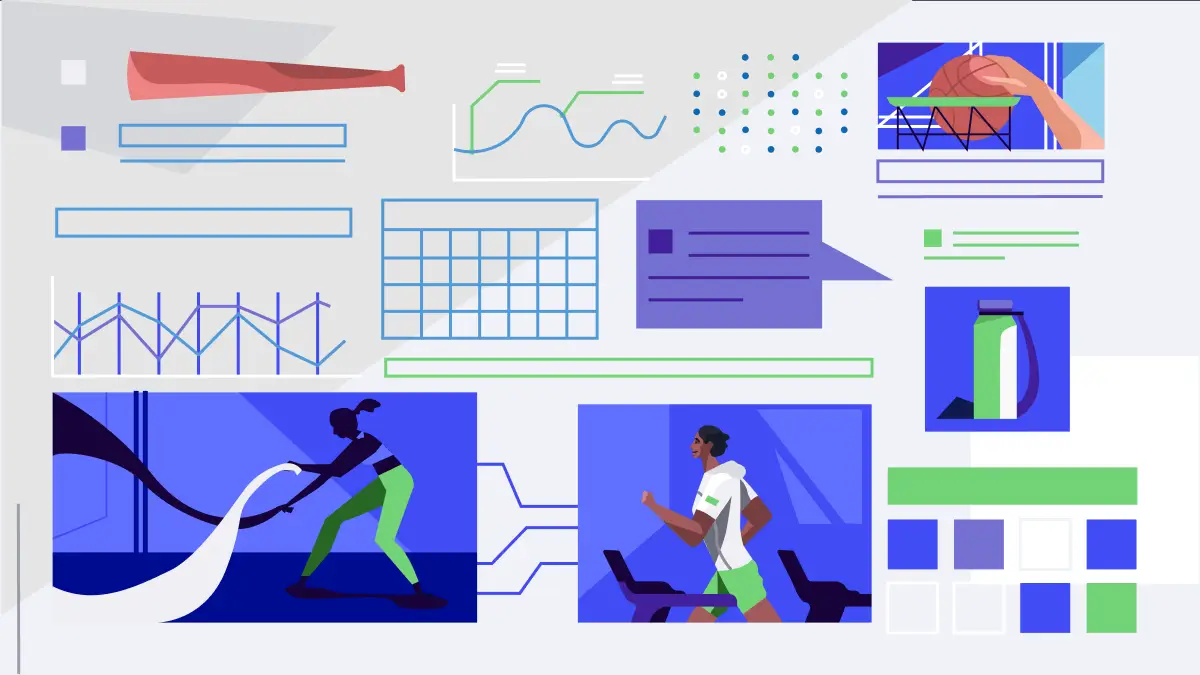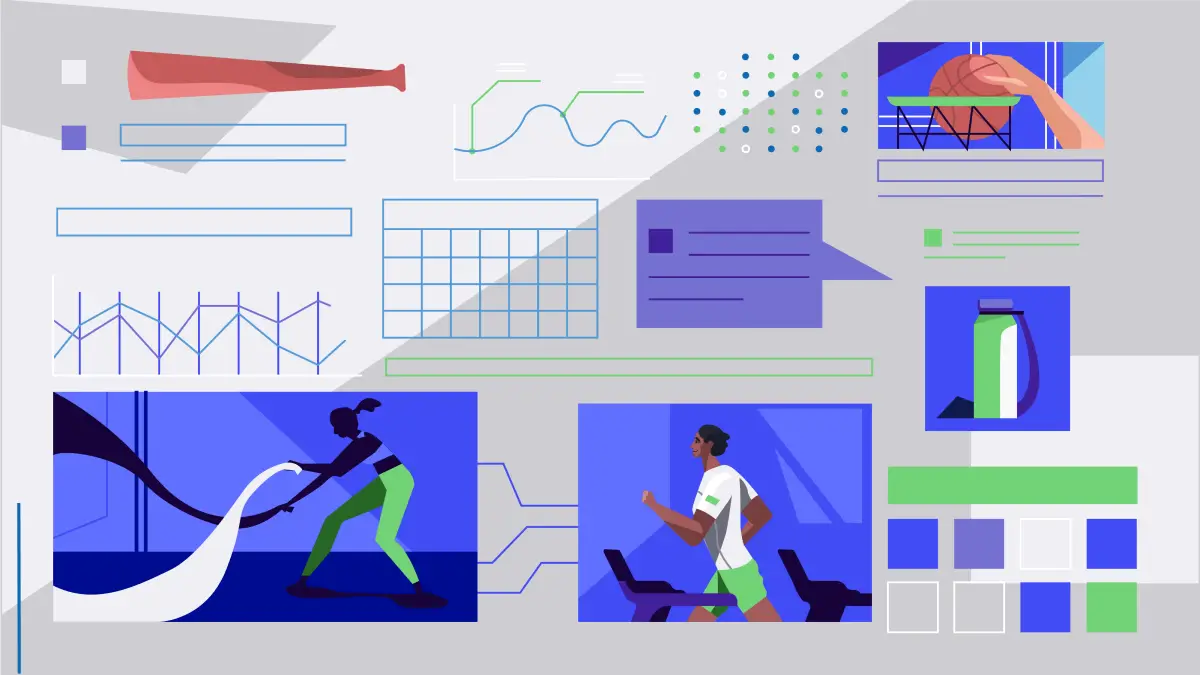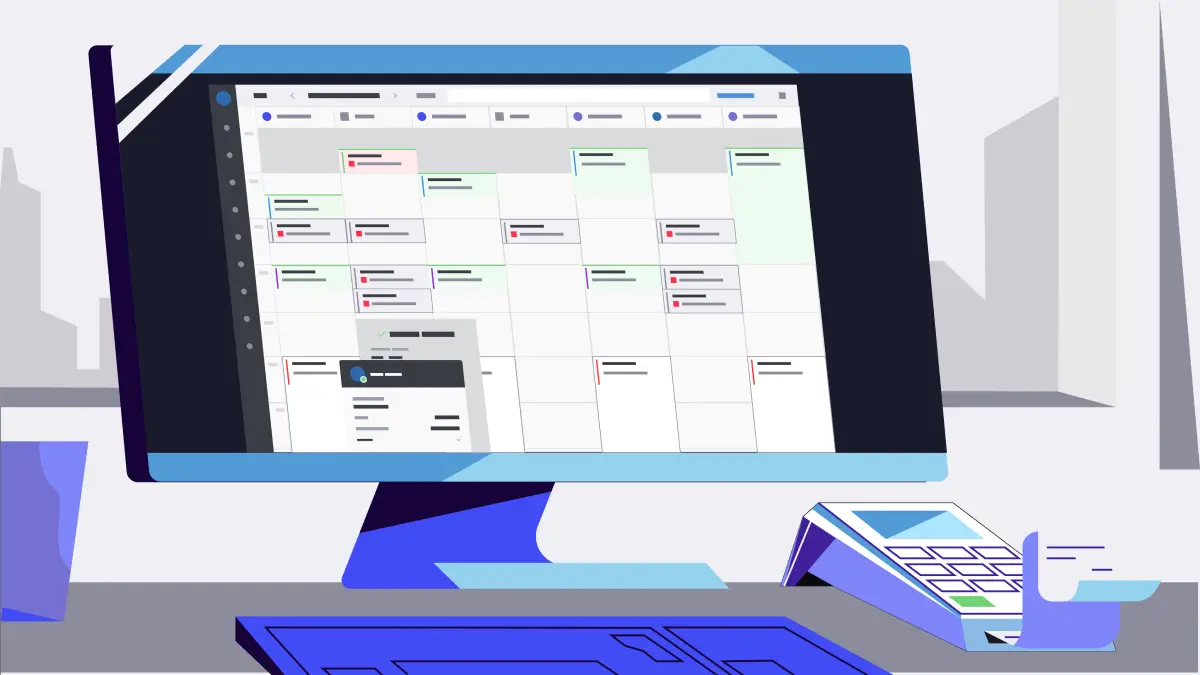Odds are if you’re running a business in the year 2023 you’ve been inundated with talking points about the “importance of data”. Just the term “data” has arguably been one of the most pervasive buzzwords for businesses over the past few years.
While having and using data are seen as keystones of 21st century commerce, there seems to be an alarming lack of information on how to use said data.
Don’t get us wrong though, even though the discourse surrounding data has been over-saturated with talking points, data is one of the most important resources a business can have.
Having readily accessible and meaningful information about your business is essential in making the big decisions that can make or break your business.
Speaking of those important decisions that businesses make, we at Upper Hand want to help with understanding the decision-making process when looking at different aspects of your business. This entry in the Data Playbook will be about understanding customer information and demographics.
Related: 40 Questions Data Can Answer for your Business.
Why is customer data important?
While it may seem quite obvious that knowing who your customers are is important to know from a business perspective, there are so many different levels to what constitutes “who” your customers are. It could be something as fundamental as how old they are or something as specific as how many sessions they’ve attended on Monday mornings. Those examples and everything in between all go together to paint a full picture of each and every customer of your business.
The real value of these “pictures”, however, isn’t just the fact that they exist, it’s how people interpret them that ends up defining their true value. This point rings true for all data. But it’s especially important for customers as they, more than anything else, are the lifeblood of any business.
How do you look at customer data?
As mentioned previously, there are a million different ways to look at customer data. Today, we’re going to focus on some of the most common ways that customer data gets used. And, we’ll share a few takeaways that we at Upper Hand come up with as we examine our customers’ data.
1. Customer Demographics
One of the most common ways that customer data gets used is to understand the demographics of your customers. As mentioned before, the most basic way to do this is simply by looking at the age of your customers. Let’s say we run a sports training business called Upper Hand Sports Training. Below is an example chart showing the total number of customers that this business has (Y-Axis) sorted by the age of the client (X-Axis).
Looking at this graph, it’s made quite obvious that most of this business’s clients are teens and pre-teens. But what is there to do with this information?
One of the first questions any business can ask themselves is if they’re doing enough to satisfy their primary base of users. Of course there is a lot of information in the negative space as well. You can see a very sharp decline in the user base once the client reaches the age of 18. Can this simply be accounted for by business model? Or is the company failing to retain clients past a certain age because they aren’t giving the group enough attention?
Looking at the opposite end of the graph, we can see a small but not insignificant number of younger clients. As these clients grow older they will fit more into the primary demographic of this business, but they’re not quite there yet. This business should be asking themselves if they’re putting in enough work to retain these important clients and make sure that when they enter the primary age block of this business they stick around.
You can glean all of this from just one simple graph. But, by adding one more filter you can add so many more potential questions to ask. The graph below is the same as the chart above but sliced to include the gender of the clients.
Looking at the graph there are a few trends that immediately pop out. It looks like in the primary block of clientele that boys make up a majority of the clients. But what does this mean for this business? Do they specialize in training for sports that women are under-represented in, such as football?
There are also some interesting trends on the fringes of this distribution, where it looks like the split between gender changes. As the clients get older, it looks like the split moves much closer to being equal. Inversely, it looks like the younger the clients are, the more likely they are to be a boy.
All of these insights should prompt immediate questions from the business, for a variety of reasons.
- If the younger children (ages 5-10) are feeding into their biggest client block, what can they do to increase the number of girls in the younger block?
- If women make up a more substantial part of the older block (ages 17-20), can they implement what they’ve been doing for women that age to the younger block in order to increase the number of young women participating?
2. Geographic Information
There are some forms of data that are far more useful when visualized, none more so than geographic information. Having a collection of postal codes and addresses for your customers is nice, but when you have the power to visualize this data, a whole new world of analysis becomes available.
Let’s pretend that above is a graph of Upper Hand Sports Training, which we run out of our Indianapolis headquarters, and the size of the dots represents the number of clients in each of the respective zip codes. It looks like our business has most of our clients coming in from the southern part of Indianapolis. While this does show where a majority of our business’s clientele is coming from, it also shows potential issues and opportunities.
Our training facility struggles to reach the northern part of Indianapolis. This could be remedied a few different ways. Going to the most drastic measure, Upper Hand Sports Training could consider opening a new location. If we’re struggling to capture this part of Indianapolis, maybe putting a new center there could provide access to a whole new customer block that we struggled to reach beforehand. Of course that’s not the only course of action we can take. There are options that require far less planning and financial commitment.
An easy to implement solution could be expanding advertising in the area. For example, you could consider putting up a billboard or creating a direct mail campaign. Even holding a brand activation event in the area to raise brand awareness could be a way to approach the problem.
Much like the last graphic, the value of this map isn’t just in the data points that it shows. There’s value in the data points that it seems to be missing. Just looking at data like this would probably lead a business owner to a conclusion that they already knew about (i.e. where most of their customers come from). However, looking just one step deeper reveals a big opportunity for the business to expand into an area that is under-represented in their clientele.
3. Customer trends
In addition to helping answer the simple questions like who are my customers and where do they come from, customer data can help show how customers interact with a business and in what kind of way. There are plenty of different ways to measure this, such as metrics like client lifetime or membership splits.
Above is a graph that shows the breakdown of customers based on how long that they have been at the business. Just looking at the graph, it shows that a majority of customers have been a part of the business for at least one month. It also shows that the second biggest block is those who have been there for at least a year, with the 3 and 6 month blocks making up the smallest proportion of client lifetimes.
This raises a few questions about how the business is maintaining their customer base, the biggest among them is why do they have customers burning out after 1 month?
The user base shrinks considerably after the first month as it looks like the business struggles to get people to commit for a longer amount of time. However, it does seem like the business does have a very dedicated base of users who have been a part of the business for more than a year. So, they struggle to keep people past a month. But, once users get past the 6 month mark they’re there to stay.
This could mean that the business struggles with being too focused on one element that draws a certain crowd but struggles to appeal to a broader base. It could also mean that the business focuses too much on their new and long-time users too much without putting more effort into their users who have been there for a decent amount of time.
With these observations there are a few courses of action that a business could take to possibly fix these issues, starting with looking at what they already do.
- How are they treating the newest (1 month) and most dedicated (more than a year) users differently than the two middle blocks?
- Are there promotions that they use for those two blocks that they aren’t using for the others?
- Can they create promotions targeted specifically at that block of users if they don’t have enough?
Another idea could be creating benefits for customers the longer that they stay with the business. This could incentivize newer users to stay for longer with the thought of a better experience the longer they stay, as well as make sure that users that have been there longer feel like they’re being treated well and their commitment is rewarded.
Putting it all together
Hopefully the examples above have shown just a few of the many different ways to look at and interpret data. There is an entire new world of analysis that gets opened up to businesses when they decide to take an educated look at the data they already have. Data allows us to uncover problems we didn’t even know existed and offers us roads to their solutions. The only thing between your business and a better future with data is how hard you’re willing to look at it.





